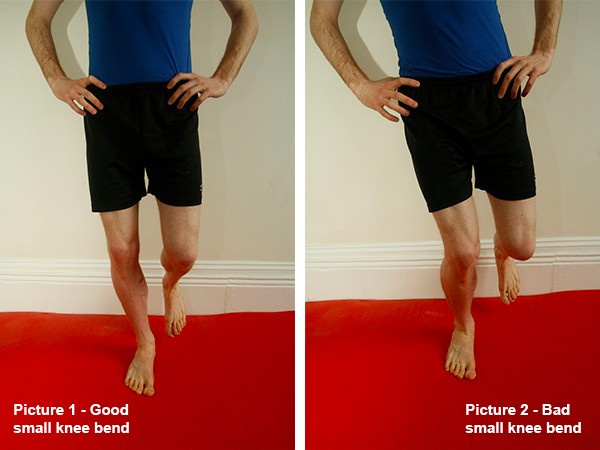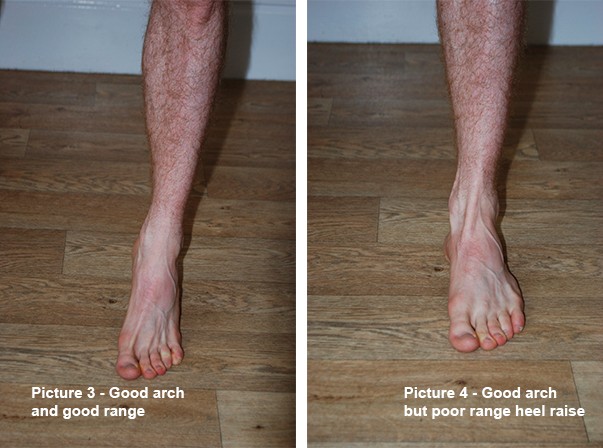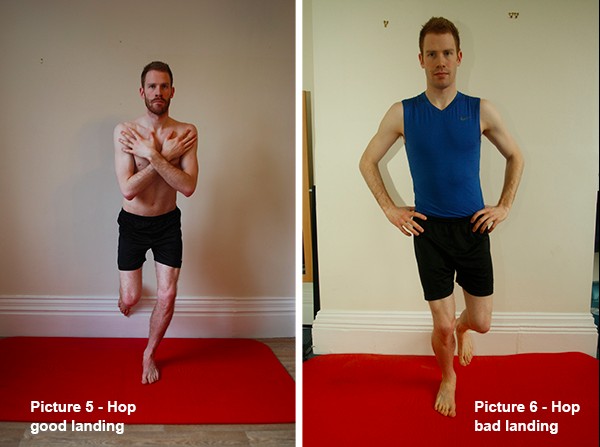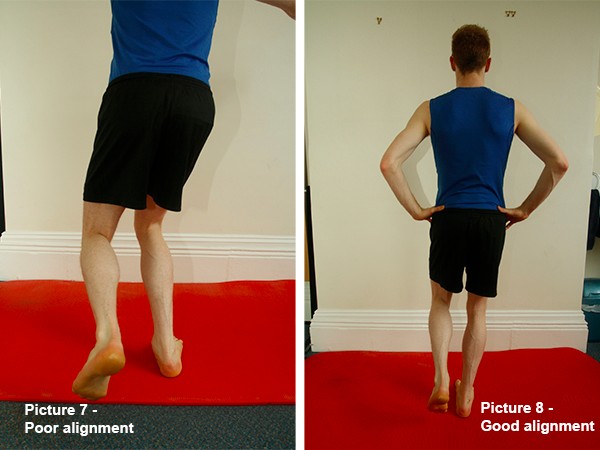Want to carry out your own analysis of your running gait? Physiotherapist Mark Buckingham tells how you can assess your gait using a simple mirror approach.
There are two ways to do a self-analysis of your running gait. Firstly, a huge amount of information can be gained from looking at yourself in a mirror and watching how you perform some simple movements.
Secondly, with today’s smart phones, take enough decent video footage of you running either on the track or a treadmill to analyse it. This article will cover the simple mirror approach. The linked article will detail the video method.
How to analyse your running gait using a mirror
Wearing shorts and no socks, stand in front of a mirror that is long enough and positioned so that you can see at least from your tummy downwards to your feet. We will use three positions or actions to tell us various things.
Look carefully and make notes. You can of course video this as well to slow it down.
Small knee bend
First small knee bends on one leg. Repeat the movement 10 to 15 times at a reasonable speed and look closely at your hips, knee and foot.

Look for the following:
-
The hip/pelvis should stay level without the hip drifting to the outside.
-
The knee should stay under the hip and not cross the mid-line of your body (as in Picture 2) and certainly not drift to the inside of the foot.
-
The foot should be pointing forwards and not out to the outside.
-
The inside arch of the foot should remain upright and not roll in (pronation).
-
The toes should not claw so that the tips dig into the floor (see Picture 1 for example of good form).
Make a note of your thoughts and move on to the next movement.
Heel rises on one foot
You should be able to lift up fully onto your tip toes of one foot without difficulty. This should be repeated 10 to 15 times, once again watching the movement control and range carefully.

Look for the following:
-
The foot should be able to lift fully off the floor, not just half way (Picture 5).
-
The arch should form at the top of the lift.
-
The knee should remain over the top of the foot and not roll in.
Hops - one foot
Small repeated skipping type hops on the spot, on one foot. Do 10 or so and again be critical of how you move and land.

Look for the following:
-
The hip/pelvis should remain near level when landing. It should not drop or collapse down.
-
The hip should not move to the outside as you land.
-
The knee should stay over the top of the foot and not roll inside of the foot.
-
The foot should stay pointing forwards and not move to point outside.
-
The foot arch should not collapse and bulge inwards on landing.
-
You should get off the ground fully and with power.
-
You should land with control and not a big thud.
-
Picture 5 is how the leg should look as you land, not as in Picture 2 or Picture 6
Analysis of gait issues
| Problem | Solution | Reason |
| The hip/pelvis does not remain near level when landing. | Look at your hip/gluteal strength - especially Gluteus Medius. | Weakness allows excess movement (Picture 2, 6 and 7 dropped and laterally shifted hip). |
| The hip/pelvis should not move to the outside as you land. (Picture 2) | Look at your hip/gluteal strength - especially Gluteus Medius. | Weakness allows excess movement. |
| The knee drifts to the inside of the foot. (Picture 2, 6 and 7) | Look at your hip/gluteal strength - especially Gluteus Medius. | Weakness allows the knee to collapse in. |
| The knee drifts to the inside of the foot. (yes – two possible reasons) | Look at your hip flexor and ITB length. | Tightness makes the knee roll inwards (Picture 2 knee over inside of foot). |
| The foot does not stay pointing forwards but starts to point to the outside, ‘10 to 2’ on the clock face. (Picture 6) | Look at calf length. | Tightness causes you to work around the limited range. |
| The foot cannot lift up to a full single leg heel rise. (Picture 3) | Look at calf strength. | Weakness causes reduced contraction range (Picture 4 poor heel rise). |
| The foot rolls in and bulges inwards in the middle of the foot. | Look at Tibialis Posterior (foot turn in) muscle strength. | Weakness allows arch collapse and excess pronation - flat foot (Picture 7 over-pronation). |
| You cannot get off the ground when hopping and it sounds like a baby elephant when landing. | Look at calf strength. | Weakness causes power loss and reduced shock/force absorption. |

All the exercises for a problem where the knee is inside and foot pronates from behind is discussed further when dissecting the cause of a number of common running issues.
















